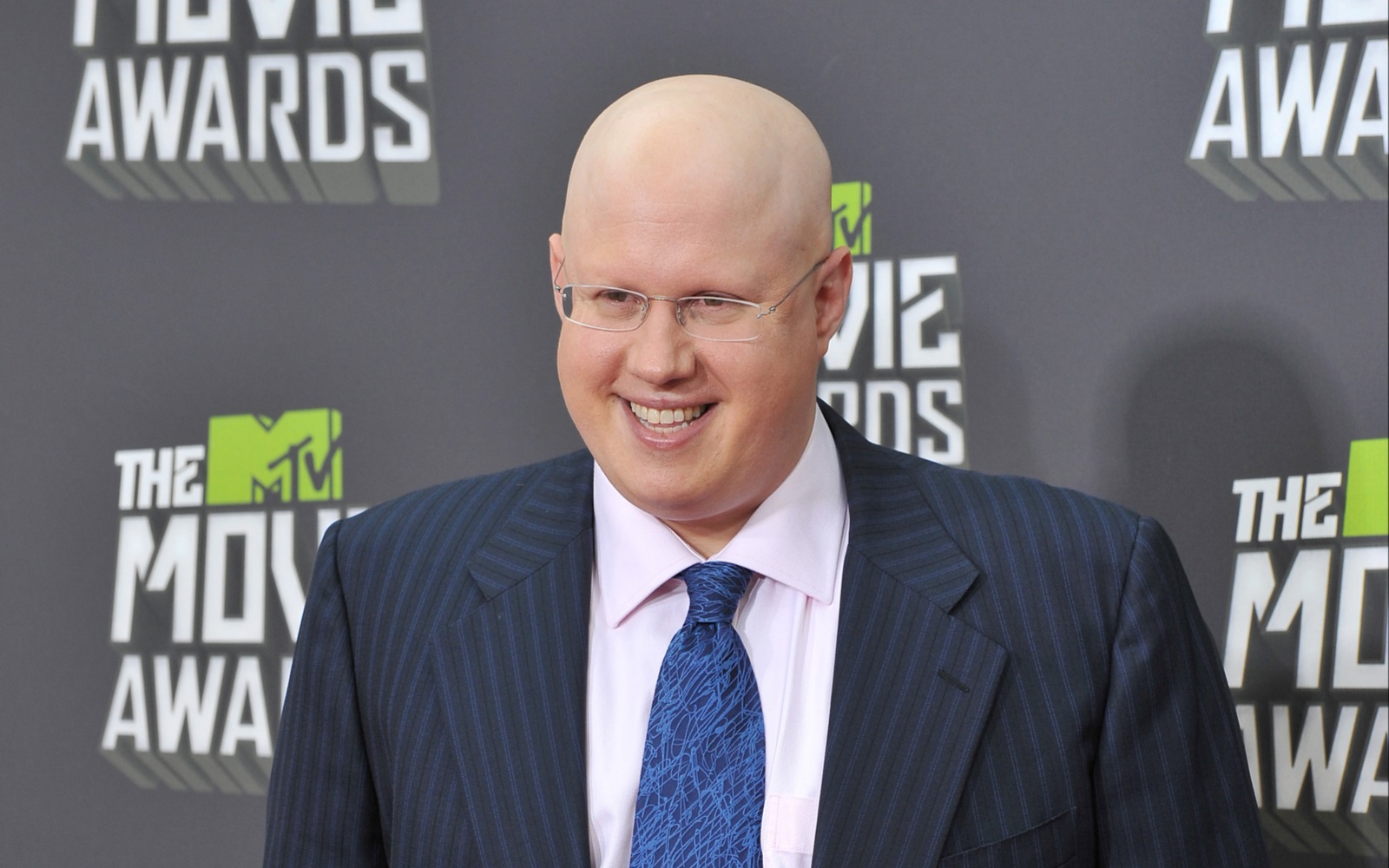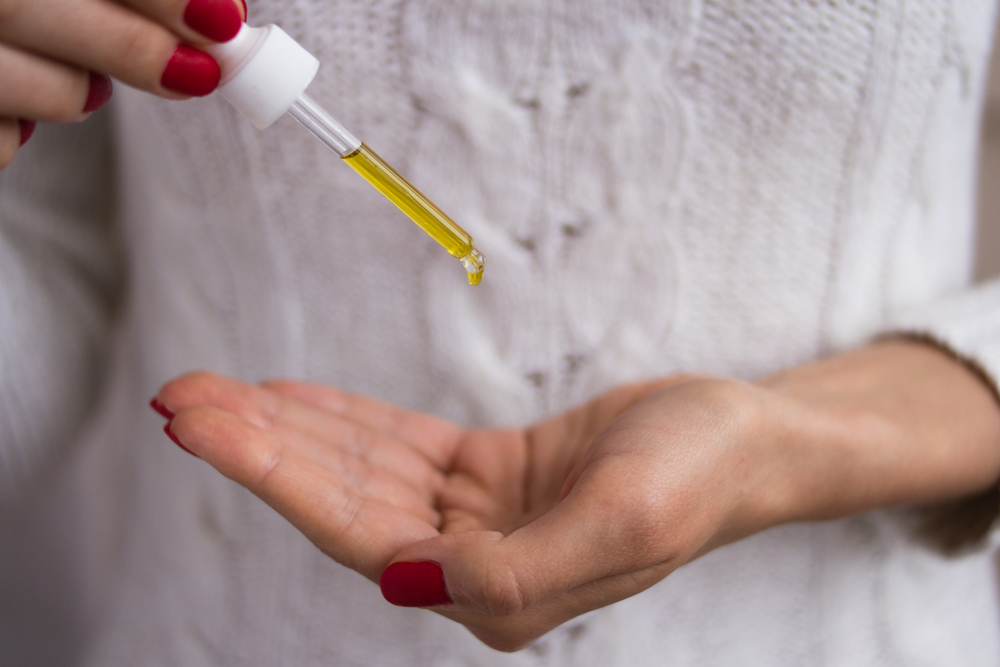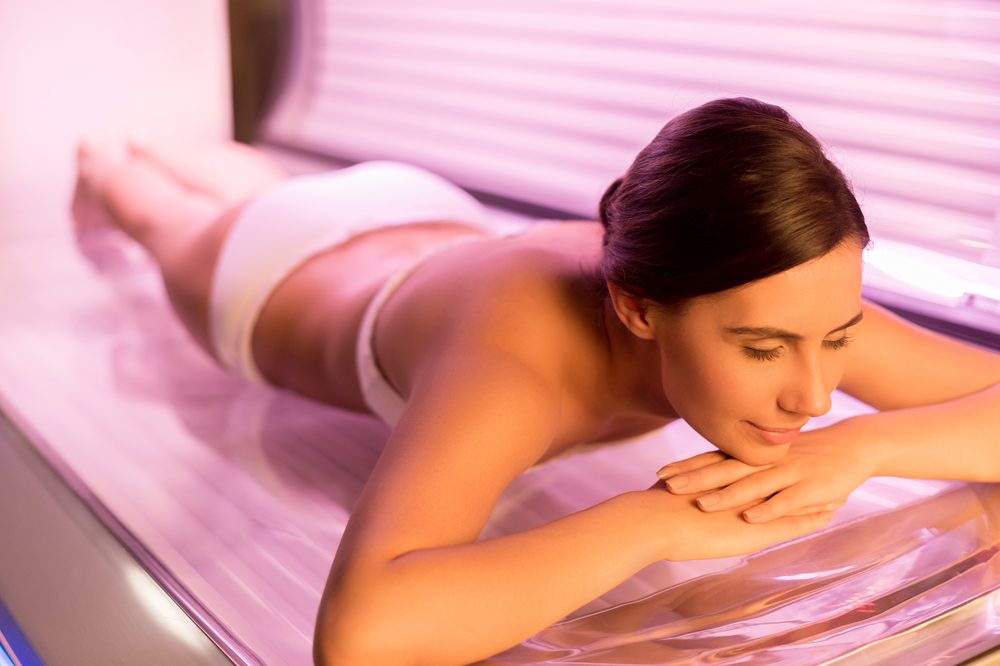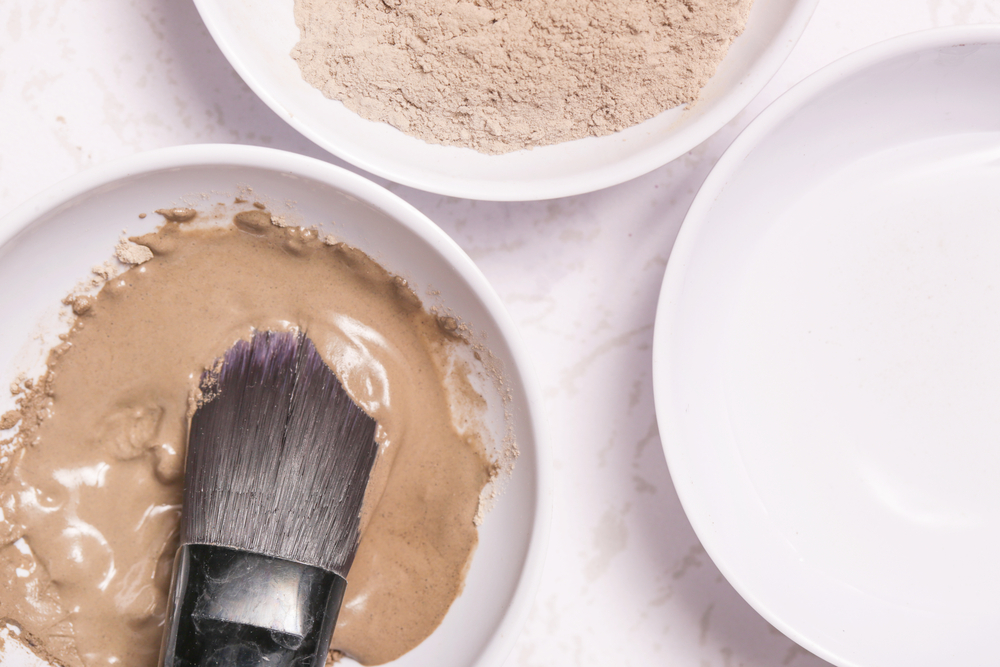- Alopecia universalis is a rare condition that results in the complete loss of hair on the scalp, face, and body.
- It is believed to be an autoimmune disorder, and is common among people who have other autoimmune disorders.
- If you have alopecia areata, which causes partial hair loss, you stand a greater risk of developing alopecia universalis.
- Alopecia universalis will sometimes resolve by itself, although this is not the norm.
What is alopecia universalis?
Alopecia universalis is an advanced form of alopecia areata, and is believed to be an autoimmune disorder. This involves the immune system mistakenly attacking healthy cells in the body.
T cells, which are central to the body’s immune response system, are present at the affected hair follicles and release inflammatory agents that lead to hair loss. Essentially, these cells treat the hair as a foreign invader and not as part of the body. As a result, the hair falls out and new hair cannot grow in the same follicle.
Alopecia areata presents itself in many forms, with three main degrees of severity:
- Alopecia areata — one or more round patches of hair loss on the scalp
- Alopecia totalis — total hair loss on the scalp
- Alopecia universalis — total (or near total) hair loss on the scalp and body
Having alopecia areata does not mean one will inevitably develop alopecia universalis — on the contrary, the latter is exceedingly rare. However, it does mean that the two conditions are tied to the same underlying cause.
What are the symptoms of alopecia universalis?
The primary symptom of alopecia universalis is extensive hair loss. Sufferers of this condition not only lose all of the hair on their scalp, but also their eyebrows and eyelashes, sometimes pubic hair, and even the hair inside their nostrils.
The only other symptom that occurs is a burning or itching sensation in the affected areas known as trichodynia. This is relatively uncommon.
What causes alopecia universalis?
The exact causes are unknown, but in general the condition is thought to be caused by both genetic and environmental factors. If you have a genetic predisposition for developing alopecia universalis, you would also need to have a trigger—such as a viral infection, hormonal change, trauma or even stress.
However, some people do develop it without having a predisposition, which goes against the above theory.
Who is at risk of developing alopecia universalis?
Statistical analysis of individuals who suffer from alopecia areata reveal a few common threads that may provide answers to whether or not you are at risk.
Researchers believe there is a genetic component to the condition:
- 10-25% of individuals who develop alopecia areata have a family history of this or condition or some other autoimmune disorder. However, the percentage of people with a family history who go on to develop the more advanced alopecia universalis is unclear.
- There’s a link between the condition and individuals born with chromosomal disorders such as Down syndrome.
Alopecia universalis appears to affect men and women equally, with no regard to ethnicity.
How common is alopecia universalis?
This condition is extremely rare. In fact, it’s listed as a rare disease by the National Institutes of Health (NIH), which means that it affects less than 200,000 people in the United States. That’s less than .06% of the current American population.
This data is supported by Orphanet’s 2017 report, which estimates the incidence rate of alopecia universalis at around 25 in every 100,000 people in Europe (or .025%).
If you are already suffering from alopecia areata, your chances of developing alopecia universalis or totalis are higher—an estimated 7-25%, although less than 1% of alopecia areata sufferers develops alopecia universalis specifically.
Is alopecia universalis associated with other conditions?
The list of associated conditions is long. Most are atopic allergy related, autoimmune, or psychological.
If you have one of these conditions, it does not mean you will necessarily develop alopecia universalis (or alopecia areata), or vice versa. This simply means that the incidence of alopecia universalis is higher among people with one of these conditions than in the general population. As for the reason why, it’s possible the conditions are triggered by similar genetic or environmental markers.
Atopic conditions
Atopic refers to allergic reactions that occur in parts of the body that have no contact with the allergen.
- Atopic dermatitis — An allergic skin inflammation also referred to as atopic eczema.
- Asthma — An inflammation of the airways that can cause wheezing and difficulty breathing.
- Allergic rhinitis — An allergic response that mimics a cold; also referred to as hay fever or seasonal allergies.
» If you suspect your hair loss is accompanied by an atopic skin condition, read more about skin care on our forums or ask a doctor for more information.
Autoimmune conditions
Like alopecia universalis, these autoimmune conditions develop when the body’s immune system begins attacking the body itself.
- Lupus — Involves the immune system attacking organs and other tissues within the body. It can affect everything from the skin to the heart.
- Thyroid disorders — Includes autoimmune thyroiditis and Hashimoto’s disease. Both involve the body attacking the thyroid and can lead to other thyroid diseases and complications.
- Collagen-vascular disease — Also called connective tissue disease, this condition occurs when the immune system attacks its own connective tissues.
- Vitiligo — This pigmentation disorder leaves patches of skin without pigment cells.
Psychological conditions
Some psychiatric conditions, such as depression and anxiety, may cause alopecia universalis. However, they could also be complications of alopecia universalis. Therefore, it can sometimes be difficult to identify which came first.
According to some researchers, there are psychiatric conditions connected with alopecia universalis that would not be caused by the condition, including certain paranoid personality disorders.
Other conditions
There is a prevalence of nail conditions among people with alopecia areata and alopecia universalis. Many people with these conditions also display nail changes like pitting (when the nail surface develops little depressions), and “sandpapered nails” (trachyonychia), when the nail surface develops ridges.
These conditions are not considered symptoms of alopecia—there is simply a high correlation between these conditions and various forms of alopecia areata.
Can alopecia universalis be cured?
Alopecia universalis will sometimes stop its progression and may even resolve on its own, however a complete recovery is unusual. Only about 10% of patients with more advanced forms of alopecia areata (universalis and totalis) experience a full recovery.
If you have alopecia areata and are worried about developing one of these more advanced forms of the condition, take heart. Mild alopecia areata is more likely to resolve than alopecia totalis or universalis.
What are the treatments for alopecia universalis?
Alopecia universalis is typically diagnosed through close examination of symptoms. A physician or dermatologist may conduct a scalp biopsy to confirm a diagnosis.
As previously mentioned, there is no definitive cure. In fact, at present, there is no FDA approved therapy for alopecia universalis. However, many physicians and dermatologists are currently researching new ways to treat this condition. The following list is not exhaustive but includes some of the more common strategies.
Topical immunotherapy
This refers to a class of drugs that are applied directly to the skin (topical) that stimulates the immune response (immunotherapy). They are commonly used to treat a variety of conditions, including atopic dermatitis and warts.
Diphenylcyclopropenone (DPCP) and squaric acid dibutylester (SADBE) are two of the most common topical immunotherapy drugs employed in the fight against the three forms of alopecia.
Photodynamic therapy
Photodynamic therapy (PDT) is used to fight skin cancer, viral warts, psoriasis, and more. Through the use of light, oxygen, and a photosensitizing agent that makes the skin sensitive to the light, this procedure literally burns the skin. Its use for alopecia areata and universalis is purely experimental.
JAK inhibitors
More recently, JAK inhibitors have been used to treat both traditional alopecia areata and alopecia universalis. These drugs inhibit the activity of a group of enzymes called the Janus kinase. Traditionally, they’ve been used to treat inflammatory diseases and cancer. Only recently has it been considered for autoimmune diseases.
It’s important to note that JAK inhibitors are relatively new and not yet FDA approved for use for any skin conditions However, the outlook is promising.
Steroids
Both oral and topical steroids have been used to treat alopecia areata and universalis with mixed results. At times, they’ve also been used in combination, as in the case of this 2015 study which examined the use of steroids for treating alopecia areata, universalis, and totalis in children.
Other drugs
Talk to your dermatologist about other experimental uses of medications. Drugs like Minoxidil, a vasodilator used for treating hair loss, and Anthralin, an anti-inflammatory used for psoriasis patients, have had mixed results. These are just a few suggestions—consult with your dermatologist for new strategies.
» If you believe you have alopecia universalis, use our virtual consultation tool to speak to a cosmetic doctor near you about your potential treatment options.
Do home remedies work for alopecia universalis?
Some sufferers have reported success with massage, acupuncture, and aromatherapy. However, if you have a skin condition, you should avoid applying oils before consulting a dermatologist.
Consider these practical at-home tips for managing alopecia universalis:
- Sunscreen — Protect your skin, especially the top of your head.
- Sunglasses — With no eyebrows or eyelashes, your eyes are poorly protected from dust, sand and other debris. Sunglasses can help.
- Artificial eyebrows/eyelashes — Artificial lashes and eyebrows are available to protect your eyes, and boost your confidence.
- Wigs/hats — Headwear will protect your scalp from the sun and keep you warm.
- Ointment — Apply ointment to your nostrils to help keep them moist and protect against microorganisms.
While managing your physical condition, it is also suggested to seek counseling. This is important to help you manage your feelings in regard to the condition.
Can alopecia universalis be treated with a hair transplant?
Unfortunately, no. This is a tempting option, especially when you’re faced with a lifetime of hairlessness, but the problem is not your lack of hair.
The problem is the underlying autoimmune condition that led to the hair loss. That condition will exist after a hair transplant, and the new hair is likely to be rejected just as readily as the old.
» If you are experiencing hair loss that isn’t a result of alopecia areata, take a look at our hair transplant treatment hub to view before and afters and read patient reviews, as well as doctor opinions.
What happens if alopecia goes untreated?
Nothing, really. The disorder will take its own course. It may continue until your hair loss is complete, stop progressing, and leave you with partial hair loss, or resolve completely.
Alopecia universalis is not life-threatening. At worst, you may experience complications associated with hair loss, like sunburn from exposed skin, eye irritation from lack of eyebrows and lashes, and an increased risk for respiratory illnesses from the lack of nostril hair.
The hardest part of this condition is the emotional toll that it takes. But take heart, because researchers are exploring new treatments for this disorder and there is hope.
Cover photo: English comedian, screenwriter, and alopecia universalis sufferer Matt Lucas.










